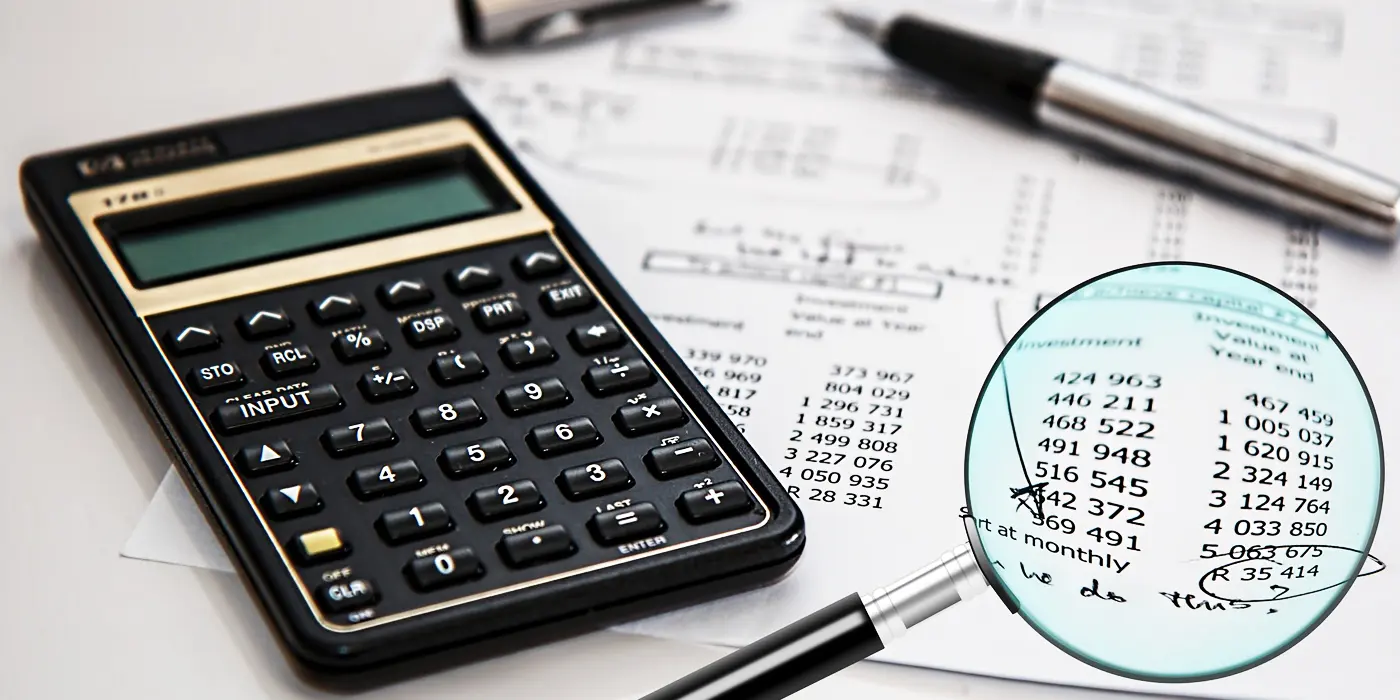How VAT works in UAE
In the United Arab Emirates, sales of goods and services are subject to the consumption tax as value-added tax (VAT) (UAE). Here is how VAT works in the UAE:
How VAT works in UAE
VAT Registration:
Businesses in the UAE with an annual turnover of AED 375,000 or more need to register for VAT with the Federal Tax Authority (FTA). Businesses with an annual turnover between AED 187,500 and AED 375,000 can register voluntarily. Once registered, companies are assigned a VAT registration number.
VAT Collection:
Registered businesses must charge VAT at a rate of 5% on the sale of taxable goods and services. This VAT amount is known as the output tax. The VAT charged must indicate on invoices.
VAT Input Tax Credit:
Input tax, which refers to the VAT paid on purchases by registered firms, may be claimed back as long as it is related to VAT-registered business activity. Input tax overages can carry across subsequent accounting periods.
VAT Returns:
Registered businesses are required to file regular VAT returns with the FTA. The VAT return must include details of the output tax charged and the input tax claimed, as well as other information like the business’s turnover and taxable supplies.
VAT Payment:
Businesses must pay the VAT due on their VAT return to the FTA within 28 days of the end of the tax period. Late payments may result in penalties and interest charges.
VAT Exemptions:
Some goods and services are exempt from VAT, such as most healthcare, education, and financial services. Businesses that sell exempt goods and services are not required to charge VAT on those sales, but they cannot claim back the input tax related to those sales.
VAT Audits:
The FTA may conduct VAT audits on registered businesses to ensure compliance with the VAT regulations. Companies must keep accurate records of their transactions and VAT calculations to facilitate the audit process.
How is VAT calculated in UAE?
In the UAE, Value Added Tax (VAT) is calculated based on the value of taxable supplies made by a registered business. The current VAT rate in the UAE is 5%. Here is a detailed explanation of how VAT calculates in the UAE:
Step 1: Determine the Value of Taxable Supplies
Finding the total cost of taxable supplies produced by the registered business during the tax period is the first step in calculating VAT. Products and services that are taxable supply are those that are charged VAT at the regular rate of 5%. It comprises all business-to-business supplies of goods and services, excluding those that are exempt or zero-rated.
Step 2: Calculate the VAT Payable
Calculating the VAT due is the next step after determining the total cost of taxable supplies. The entire cost of taxable supply is multiplied by the VAT rate of 5% to achieve this. The formula for calculating VAT payable is:
VAT Payable = Total Value of Taxable Supplies x VAT Rate (5%)
For example, if a registered business has made taxable supplies worth AED 100,000 during the tax period, the VAT payable would be:
VAT Payable = AED 100,000 x 5% = AED 5,000
Step 3: Deduct Input Tax Credit
Input tax credits on VAT paid on expenditures and purchases related to their taxable suppliers are allowed as a deduction for registered firms. In other words, the business can lower the amount of VAT owed by the amount of VAT paid on its purchases and expenses.
However, the input tax credit claims if the VAT invoices meet certain conditions, such as being issued in the name of the business claiming the credit, containing all the mandatory details, and is related to a taxable supply or import.
The formula for calculating input tax credit is:
Input Tax Credit = VAT Paid on Purchases and Expenses Related to Taxable Supplies
For example, if a registered business has paid AED 3,000 in VAT on their purchases and expenses related to taxable supplies, the input tax credit would be:
Input Tax Credit = AED 3,000
Step 4: Calculate the Net VAT Payable
The net VAT payable is the difference between the VAT payable and the input tax credit. The input tax credit is subtracted from the total VAT due to arrive at the net VAT due. The formula for calculating the net VAT payable is:
Net VAT Payable = VAT Payable – Input Tax Credit
Using the examples above, the net VAT payable would be:
Net VAT Payable = AED 5,000 – AED 3,000 = AED 2,000
Step 5: File VAT Return and Pay VAT Due
The final step is to file a VAT return with the Federal Tax Authority (FTA) and pay the VAT due within the specified time. If the net VAT payable is negative, the excess amount can be carried forward to the next tax period or refunded by the FTA.
In summary, VAT is a tax on the value added to goods and services at each stage of production and distribution. In the UAE, VAT is applied at a rate of 5% and collected by registered businesses on behalf of the government. Companies can claim back the VAT they have paid on their purchases and must file regular VAT returns and pay the VAT due to the FTA.


